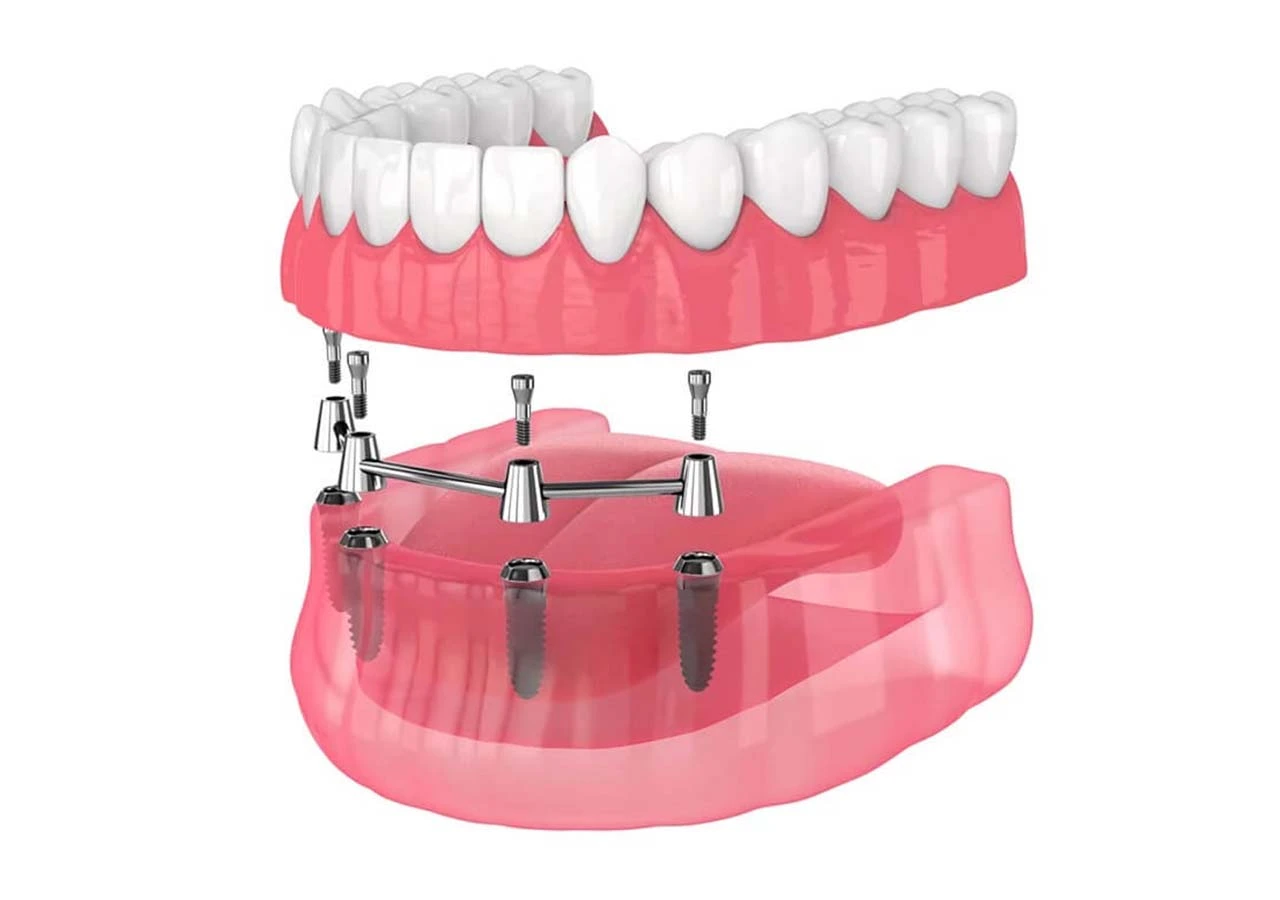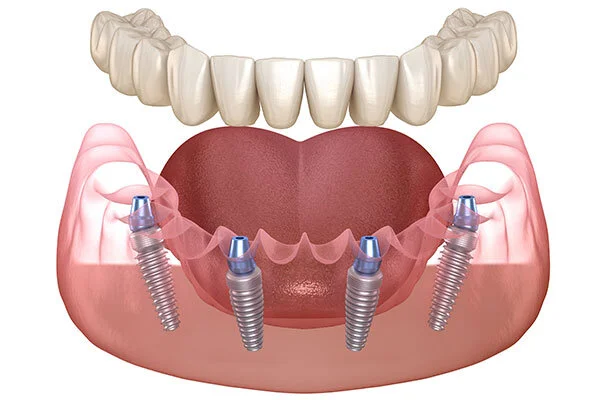Revolutionizing Implant Dentistry: Leveraging Digital Technologies for Minimally Invasive Implantology

Introduction
Propelled by advancements in digital technologies the field of implant dentistry has witnessed a remarkable transformation. Traditional approaches to implantology often involved invasive procedures, lengthy treatment times, and unpredictable outcomes. However, with the advent of digital technologies, particularly computer-aided design/computer-aided manufacturing (CAD/CAM) and cone-beam computed tomography (CBCT), a paradigm shift towards minimally invasive implantology has emerged. This blog explores how leveraging digital technologies is revolutionizing implant dentistry, enhancing precision, predictability, and patient outcomes.
The Role of Digital Imaging in Treatment Planning
Central to the success of minimally invasive implantology is the use of high-resolution CBCT scans. Unlike conventional two-dimensional radiographs, CBCT provides three-dimensional images with unparalleled detail, enabling precise assessment of bone quality, quantity, and anatomical structures. Through virtual implant planning software, clinicians can accurately determine implant dimensions, angulation, and placement, optimizing prosthetic outcomes while minimizing surgical invasiveness. Moreover, virtual implant planning facilitates comprehensive evaluation of potential complications and allows for the development of customized treatment strategies tailored to each patient's unique anatomical considerations.
Guided Surgery for Enhanced Precision
One of the most significant advancements in implant dentistry is the widespread adoption of guided implant surgery. Utilizing data from CBCT scans and virtual implant planning, surgical guides are fabricated using CAD/CAM technology to precisely define implant placement and trajectory. Guided surgery offers numerous benefits, including improved accuracy, reduced surgical time, and minimized tissue trauma. By eliminating the need for extensive flap reflection, guided surgery preserves soft tissue integrity and promotes faster healing, thus enhancing patient comfort and satisfaction. Furthermore, guided implant placement reduces the risk of procedural errors, such as perforations or improper implant angulation, ensuring optimal long-term stability and esthetics.
Digital Impressions and Prosthetic Fabrication
In traditional implant dentistry, the process of obtaining accurate impressions for prosthesis fabrication often posed challenges due to distortion, inaccuracies, and patient discomfort. However, digital intraoral scanners have revolutionized the impression-taking process, offering superior accuracy, efficiency, and patient comfort. By capturing detailed digital impressions of the implant site and surrounding dentition, clinicians can precisely design and manufacture customized implant restorations using CAD/CAM technology. Digital workflows enable seamless communication between clinicians, dental laboratories, and manufacturers, streamlining the prosthetic fabrication process and reducing turnaround times. Additionally, digital prosthetic design allows for precise occlusal adjustments, optimal emergence profiles, and enhanced esthetics, ensuring natural-looking and functional implant restorations.
Augmented Reality and Virtual Surgical Simulation
Emerging technologies such as augmented reality (AR) and virtual surgical simulation hold immense potential in revolutionizing implant dentistry. AR overlays digital information onto the real-world environment, offering clinicians real-time guidance and feedback during surgical procedures. By superimposing virtual implant plans onto the surgical site, AR systems enable precise implant placement and real-time assessment of anatomical landmarks, improving surgical accuracy and patient safety. Virtual surgical simulation platforms allow clinicians to rehearse complex implant surgeries in a virtual environment, simulating various scenarios and refining surgical techniques before performing procedures on patients. These technologies not only enhance clinician proficiency and confidence but also minimize the risk of intraoperative complications, ultimately improving treatment outcomes and patient satisfaction.
Telemedicine and Remote Patient Monitoring
The integration of telemedicine platforms and remote patient monitoring systems has transformed the delivery of implant dentistry services, particularly in the era of global pandemics and social distancing measures. Teleconsultation enables clinicians to remotely evaluate patient suitability for implant treatment, discuss treatment options, and address preoperative concerns, thus minimizing unnecessary in-person visits and reducing treatment delays. Remote patient monitoring allows for continuous assessment of postoperative healing progress, early detection of complications, and timely intervention when necessary. By leveraging digital communication technologies, clinicians can provide ongoing support and guidance to patients throughout the implant treatment journey, enhancing patient engagement, satisfaction, and adherence to follow-up care protocols.
Conclusion
The advent of digital technologies has ushered in a new era of minimally invasive implant dentistry, revolutionizing treatment paradigms and improving patient outcomes. From advanced imaging modalities and guided surgery techniques to digital impressioning and prosthetic fabrication, digital workflows offer unprecedented precision, predictability, and efficiency in implantology. Augmented reality, virtual surgical simulation, telemedicine, and remote patient monitoring further augment clinical capabilities, enabling clinicians to deliver high-quality implant care with enhanced safety and convenience. As digital technologies continue to evolve, the future of implant dentistry holds tremendous promise, empowering clinicians to achieve optimal outcomes while prioritizing patient comfort and satisfaction in a minimally invasive manner.
DOWNLOAD FREE E-BOOK
Kick start your Guided Surgery Practice.
 USA & Canada:
USA & Canada:
 UK:
UK:


Comments: